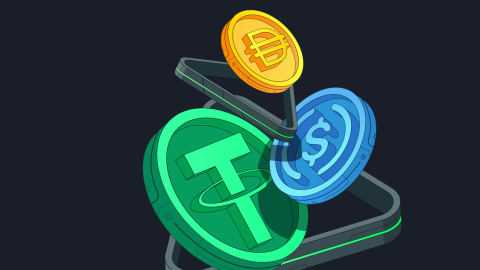The FCA has published proposals aimed at enhancing financial resilience in light of new regulations for cryptoasset firms, with a special emphasis on stablecoins.
The regulator notes that stablecoins can increase efficiency in payments and settlements through blockchain technology, particularly benefiting cross-border transactions. The proposed rules seek to ensure that regulated stablecoins maintain their value and provide customers with clear information on the management of backing assets.
David Geale, executive director for payments and digital finance at the FCA, stated, “At the FCA, we have long supported innovation that benefits consumers and markets. Currently, crypto is largely unregulated in the UK. We aim to create a balance that fosters a sector enabling innovation while ensuring market integrity and trust.”
In April, the UK government introduced draft legislation to bring crypto firms into the regulatory framework. Geale mentioned that the FCA will collaborate closely with the Bank of England on the forthcoming regulatory regime for stablecoins.
Sarah Breeden, deputy governor for financial stability at the Bank of England, said, “We welcome the FCA’s proposals as part of developing the UK’s stablecoin regime. For stablecoins operating at a systemic scale, the Bank will release a consultation paper later this year, responding to industry feedback on allowing some returns on backing assets.”
The FCA’s proposals require firms offering crypto custody services to ensure that consumers’ assets are securely protected and easily accessible. Additionally, the proposals aim to mitigate the risks associated with firm failures in stablecoin issuance and cryptoasset custody.
A recent paper from the Bank for International Settlements highlights the increasing interplay between stablecoins and traditional financial markets. It found that inflows into stablecoins reduced three-month US Treasury yields by 2-2.5 basis points within 10 days, while outflows raised yields by 6-8 basis points, primarily affecting short-term Treasury securities with minimal spillover to longer maturities. Tether (USDT) was identified as the largest contributor to these effects, followed by Circle (USDC).
The authors of the report suggest that stablecoins are becoming significant players in Treasury markets, blurring the lines between cryptocurrency and traditional finance, with implications for monetary policy, the transparency of stablecoin reserves, and financial stability during periods of market stress.
